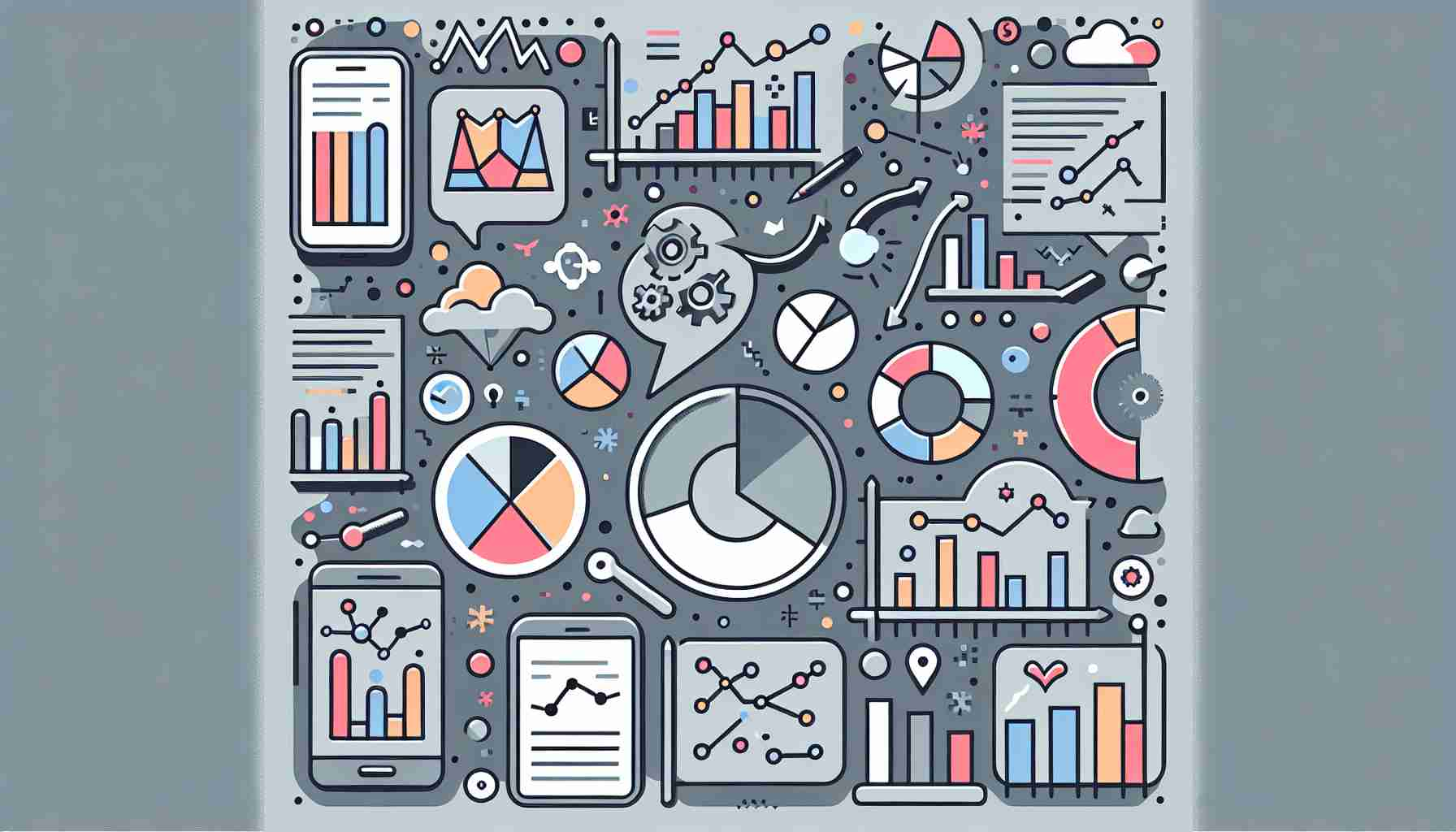Sales Analytics Harnessing Data to Propel Business Growth

Sales Analytics Briefly Summarized
- Sales analytics is the process of collecting, analyzing, and interpreting sales data to improve decision-making and drive business growth.
- It involves the use of technology and data visualization tools to uncover trends, predict outcomes, and optimize sales strategies.
- Key metrics in sales analytics include conversion rates, sales velocity, customer lifetime value, and win-loss ratios.
- Sales analytics is not limited to software solutions but extends to process improvements and organizational changes.
- The insights gained from sales analytics help businesses set goals, measure performance, and refine their sales tactics.
Sales analytics is a critical component of modern business strategy, offering a wealth of insights that can lead to more informed decisions and ultimately, better business outcomes. By leveraging data, companies can uncover hidden patterns, predict future trends, and optimize their sales processes to maximize efficiency and profitability.
Introduction to Sales Analytics
In today's competitive market, businesses are constantly seeking ways to improve their sales performance and gain an edge over their competitors. Sales analytics provides a powerful tool for achieving these objectives. It involves the systematic analysis of sales data to understand and improve business performance. This data-driven approach helps organizations to identify opportunities for growth, streamline their sales processes, and better understand their customers.
The Role of Sales Analytics in Business
Sales analytics goes beyond mere number-crunching; it is about interpreting data to make strategic decisions. It encompasses a range of activities, including:
- Data Collection: Gathering sales-related data from various sources such as CRM systems, financial records, and customer feedback.
- Data Analysis: Using statistical methods and models to analyze the collected data and extract meaningful insights.
- Data Visualization: Presenting data in a visual format, such as charts and graphs, to make it easier to understand and communicate findings.
- Predictive Modeling: Applying algorithms to predict future sales trends and customer behavior.
- Performance Tracking: Monitoring key sales metrics to assess the effectiveness of sales strategies and tactics.
The Importance of Sales Analytics
Sales analytics is not just about understanding what has happened in the past; it's about shaping the future. By analyzing sales data, businesses can:
- Identify which products or services are performing well and which are not.
- Understand customer buying patterns and preferences.
- Forecast future sales and set realistic targets.
- Determine the return on investment (ROI) of marketing campaigns.
- Make informed decisions about resource allocation.
Tools and Techniques in Sales Analytics
Sales analytics software is an essential tool for any sales team. These platforms typically offer a range of features, including:
- CRM Integration: Seamlessly connecting with customer relationship management systems to access and analyze customer data.
- Data Visualization Resources: Providing interactive dashboards and reports that help sales teams make sense of complex data.
- Predictive Analytics: Utilizing machine learning algorithms to forecast sales and customer behavior.
- Real-time Analytics: Offering up-to-the-minute insights that allow sales teams to react quickly to changing market conditions.
Key Metrics in Sales Analytics
Several key metrics are central to sales analytics, each offering unique insights into the sales process:
- Conversion Rate: The percentage of leads that turn into customers.
- Average Deal Size: The average revenue generated per sale.
- Sales Cycle Length: The average time it takes to close a deal.
- Customer Lifetime Value (CLV): The total revenue a business can expect from a single customer account.
- Win-Loss Ratio: The comparison of the number of won deals to the number of lost deals.
Implementing Sales Analytics
To effectively implement sales analytics, businesses should follow these steps:
- Define Objectives: Clearly outline what you want to achieve with sales analytics.
- Collect Data: Gather relevant sales data from various sources within the organization.
- Choose the Right Tools: Select analytics software that meets the specific needs of your business.
- Analyze and Interpret Data: Use the tools to analyze the data and draw actionable insights.
- Take Action: Implement changes based on the insights gained from the data analysis.
Conclusion

Sales analytics is a transformative force in the world of business. It empowers organizations to make data-driven decisions that can lead to increased sales, improved customer satisfaction, and sustained business growth. By embracing sales analytics, companies can unlock their sales team's hidden superpower and navigate the complexities of the market with confidence.
FAQs on Sales Analytics
Q: What is sales analytics? A: Sales analytics is the practice of analyzing sales data to gain insights into sales performance, customer behavior, and market trends, with the aim of improving sales strategies and outcomes.
Q: Why is sales analytics important? A: It is important because it helps businesses understand their sales processes, identify areas for improvement, forecast future sales, and make informed decisions that can lead to increased profitability.
Q: What are some common sales analytics metrics? A: Common metrics include conversion rates, sales velocity, customer lifetime value, win-loss ratios, and average deal size.
Q: How does sales analytics differ from business analytics? A: While business analytics is a broader field that encompasses various aspects of an organization's operations, sales analytics specifically focuses on analyzing sales data to improve sales-related decisions and performance.
Q: Can small businesses benefit from sales analytics? A: Yes, businesses of all sizes can benefit from sales analytics. It helps small businesses make the most of their data to compete effectively in their markets.
Sources
- Business analytics
- What is sales analytics? Definition, tools, and key metrics - Zendesk
- What is Sales Analytics? Unlocking the Power of Data-Driven Insights
- What is Sales Analytics? [Benefits, Types, and Metrics to Track]
- Sales Analytics 101: Everything You Need To Know - Shopify
- What Is Sales Analytics? +11 Must-Track Metrics (2024) - Whatfix
- What Is Sales Analytics and Why Does It Matter? - Alteryx
- What Is Sales Analytics? - Business News Daily
- What is Sales Analytics and Why is it Important? A Simple Guide.
- 12 Types of Data-Crunching Sales Analytics for Crushing Future ...